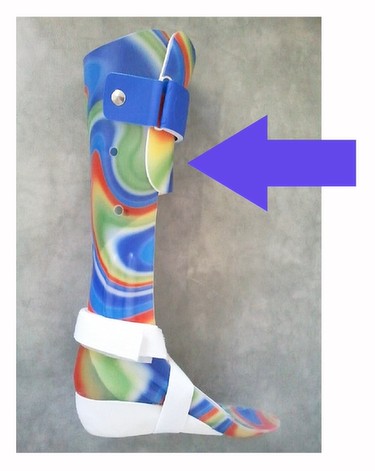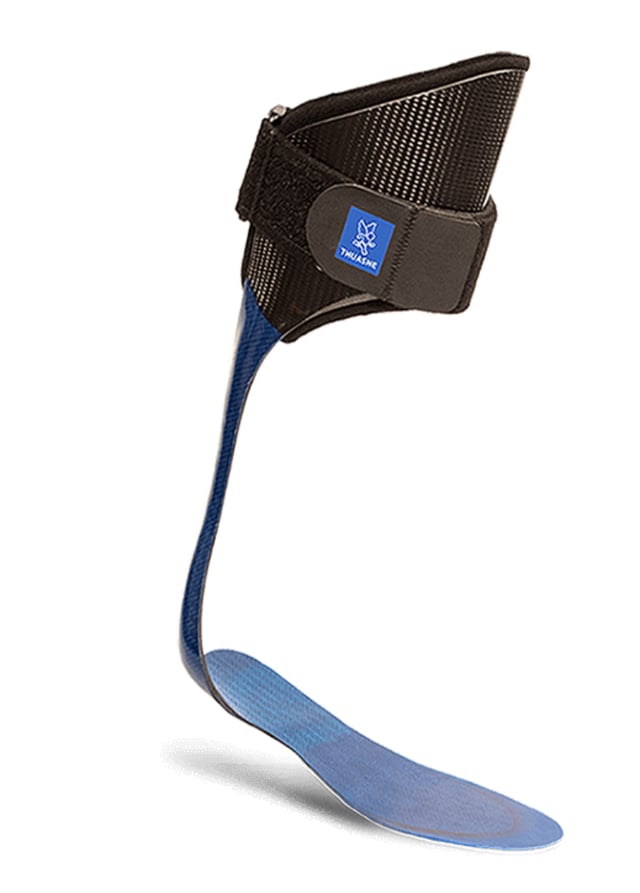3 Simple Techniques For Foot Braces
3 Simple Techniques For Foot Braces
Blog Article
Foot Braces Fundamentals Explained
Table of ContentsThe 5-Second Trick For Foot BracesLittle Known Questions About Foot Braces.7 Easy Facts About Foot Braces Described
(1) Background: ankle-foot orthosis (AFO) is one of the most frequently recommended orthosis to clients with foot decline, and ankle joint and foot problems. In this research, we aimed to assess the frequently used kinds of AFO and introduce the current advancement of AFO. (2) Methods: narrative evaluation. (3) Results: AFO stops the foot from being dragged, offers a clearance in between the foot and the ground in the swinging stage of gait, and preserves a stable stance by enabling heel call with the ground during the position phase.By positioning thermoformed plastic to cover the favorable plaster model, it creates the orthosis in the precise form of the model. PAFO typically includes a shank covering, foot plate, and Velcro band, with hinges on ankle joints as required [13,14] PAFO can be classified according to the presence of hinges, mainly as strong ankle joint types without joints and hinged ankle kinds with added joints.
The leaf-like creases are intended to reinforce the component of you could try this out the ankle joint with the most amount of movement and duplicated loadings. The folds function as a springtime in the ankle that allows slight dorsiflexion in the mid and incurable positions, and this elasticity can also partially help the push-off function in the incurable position.

The Best Strategy To Use For Foot Braces
The plantarflexion can also be totally limited by fitting the coverings at 90 without area in between. The Gillette joint, like the Oklahoma joint, attaches a different shank covering with the foot covering, allowing both plantarflexion and dorsiflexion. HAFO is commonly made use of in youngsters with abnormal diplegia and patients with spastic hemiplegia after stroke, as it can stretch the ankle plantar flexor to minimize tightness and minimize topsy-turvy muscle-response patterns.
